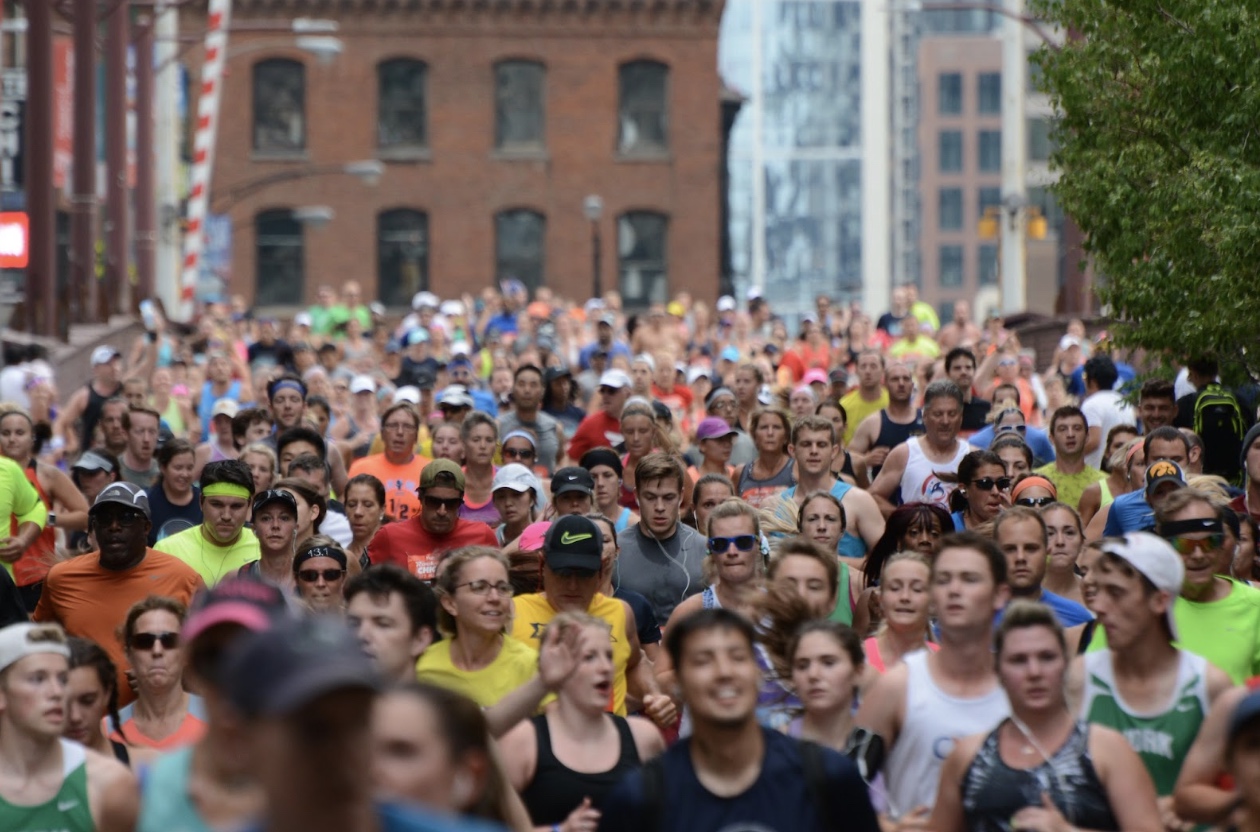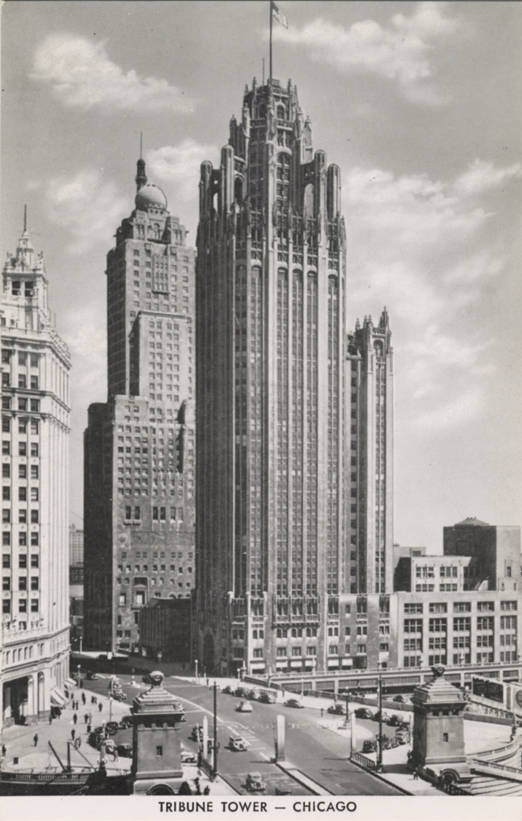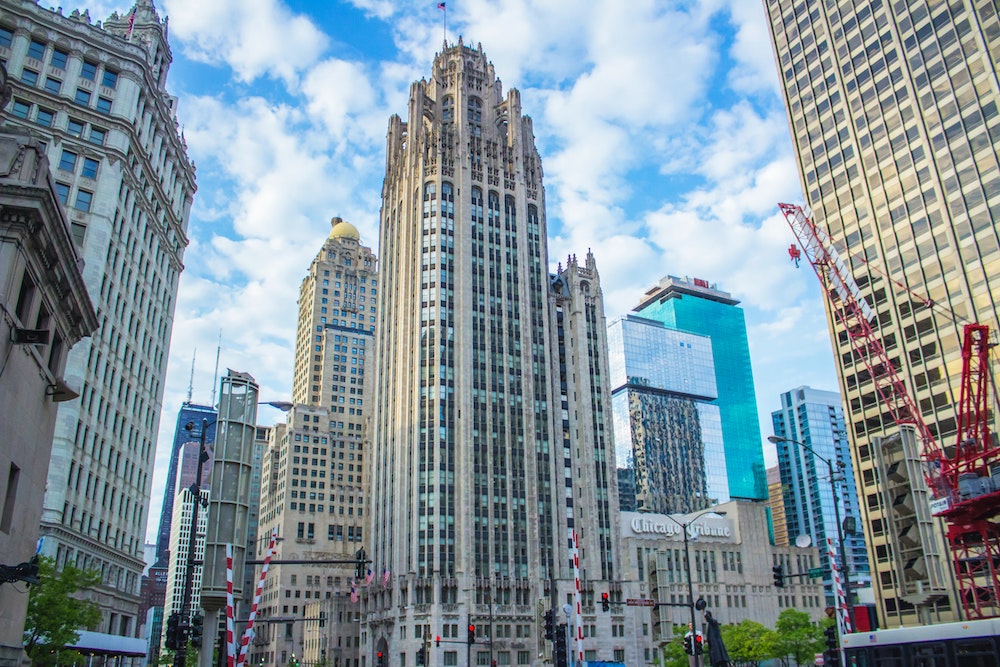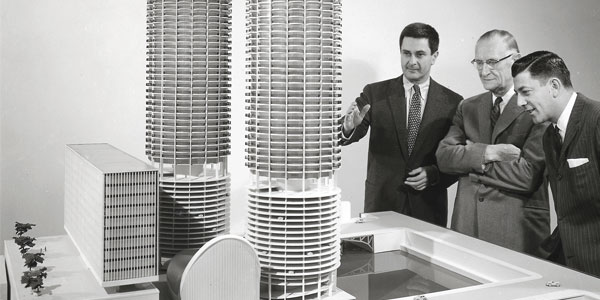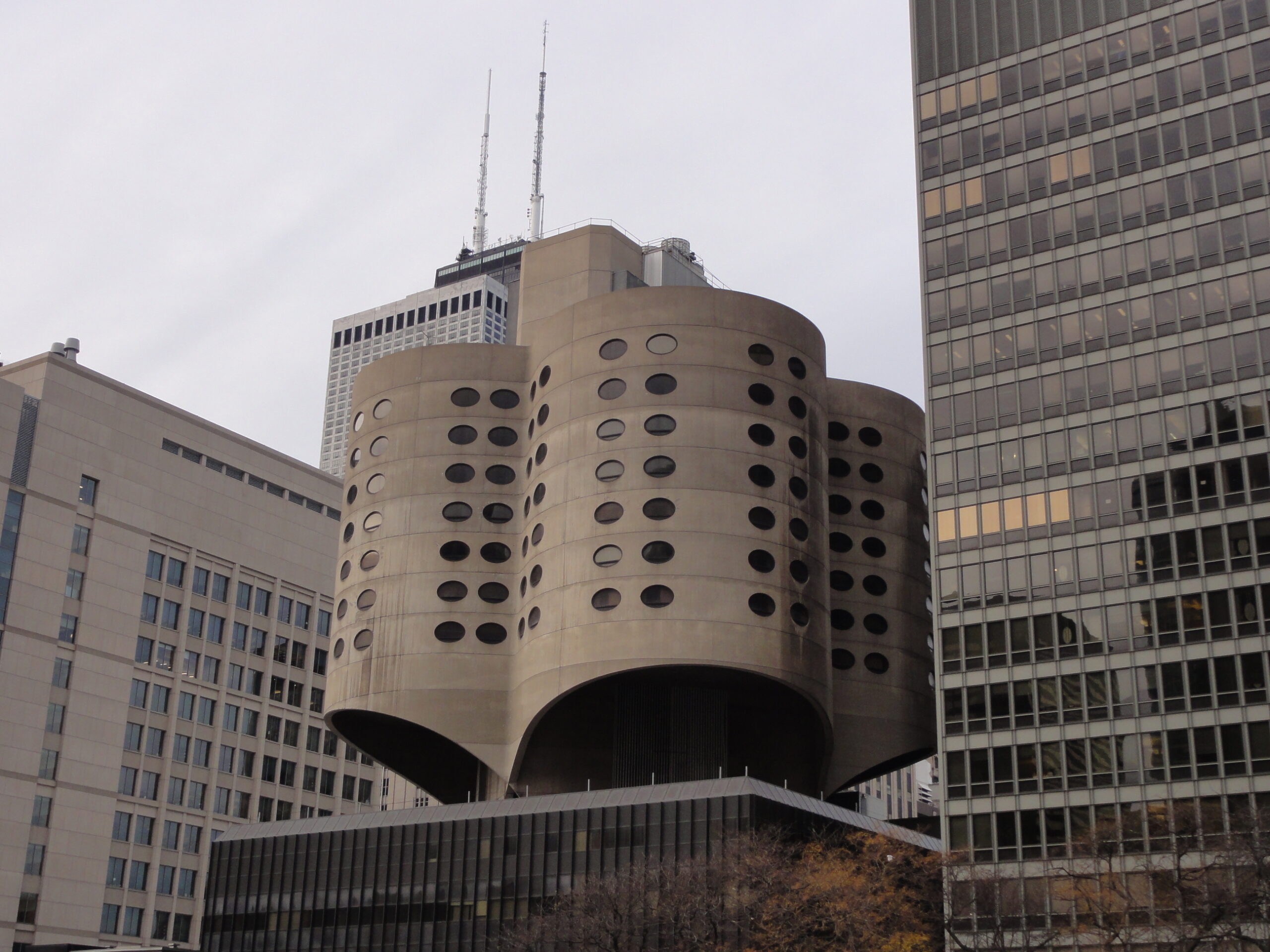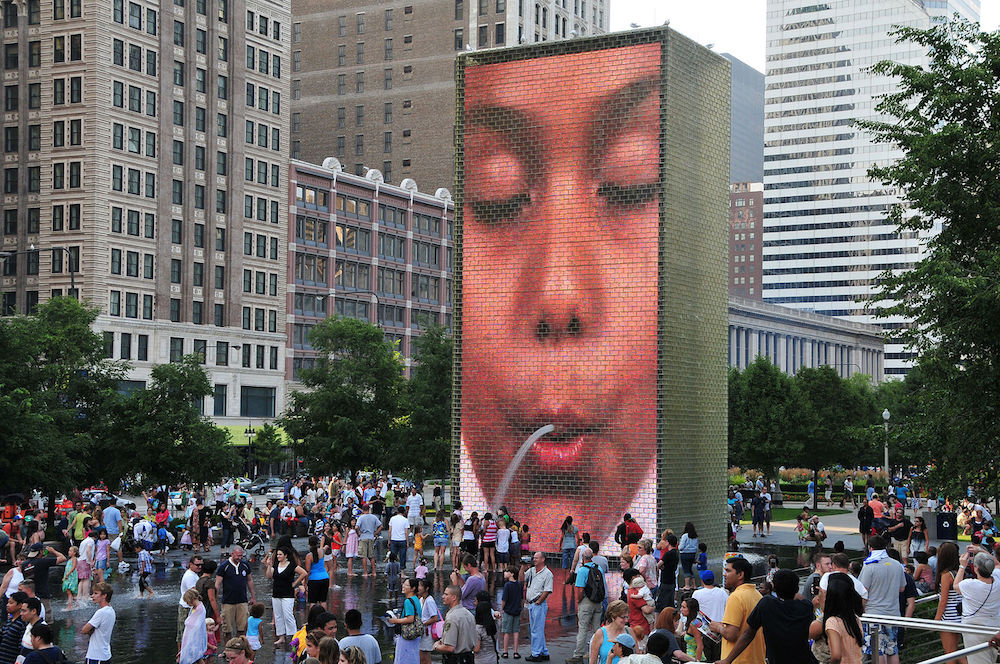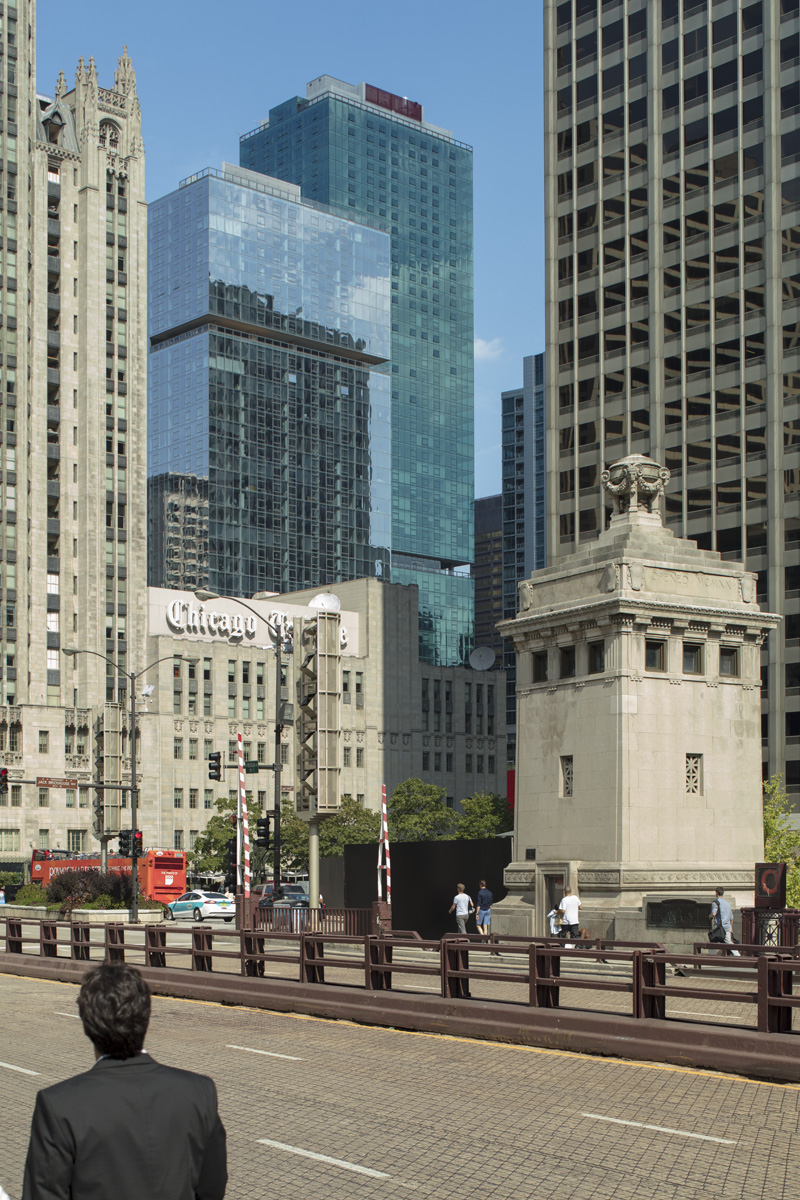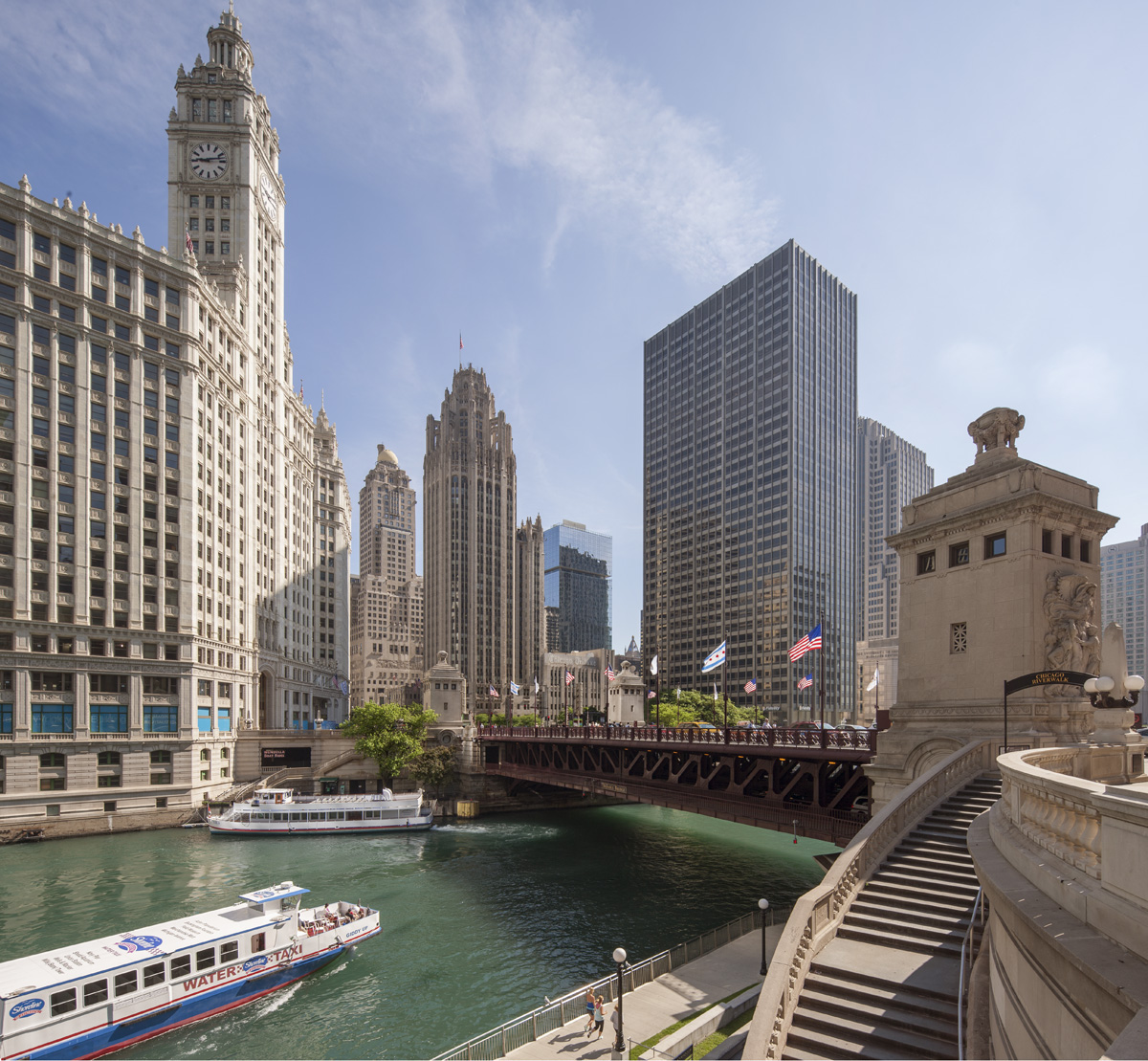Autumn in Chicago isn’t just about the crisp air, colorful leaves, and pumpkin-spiced everything. It’s also about the thrilling sound of thousands of feet pounding the pavement, as the city gears up for the iconic Bank of America Chicago Marathon. For our residents at Optima Signature and Optima Lakeview, this October isn’t just any other month; it’s a front-row seat to one of the world’s premier running events.
Circle Sunday, October 8, 2023, on your calendar. The marathon unfolds in Grant Park, with gradual starts ensuring smooth sailing. For those not racing, join the celebration at Abbott 27.2 Fest from 9:30 a.m. until 4 p.m. near the start line for a day full of music, food and fun. While Grant Park’s start and finish zones have some viewing restrictions, the race course offers numerous sweet spots for spectator cheering and encouragement.
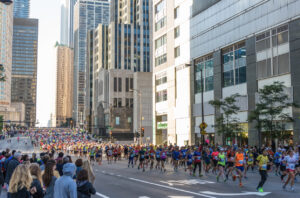
The annual footrace is truly a global gathering, where more than 45,000 runners from every state in the U.S., and over 100 countries worldwide come together. Taking the runners on a grand tour, the 26.2-mile route dives deep into the city’s heart, stretching from Wrigleyville to the North, Pilsen and Little Italy to the West and the historic Douglass, near Guaranteed Rate Field, to the South.
The prestigious event is more than just a marathon; it’s one of only six World Marathon Majors across the globe. For Optima Signature and Optima Lakeview residents, you have the privilege of stepping right outside to cheer on the incredible racers. And for the Optima Verdana community, consider making the short trip down from Wilmette. It’s a spectacle you won’t want to miss. You can find more details about the iconic event here!
